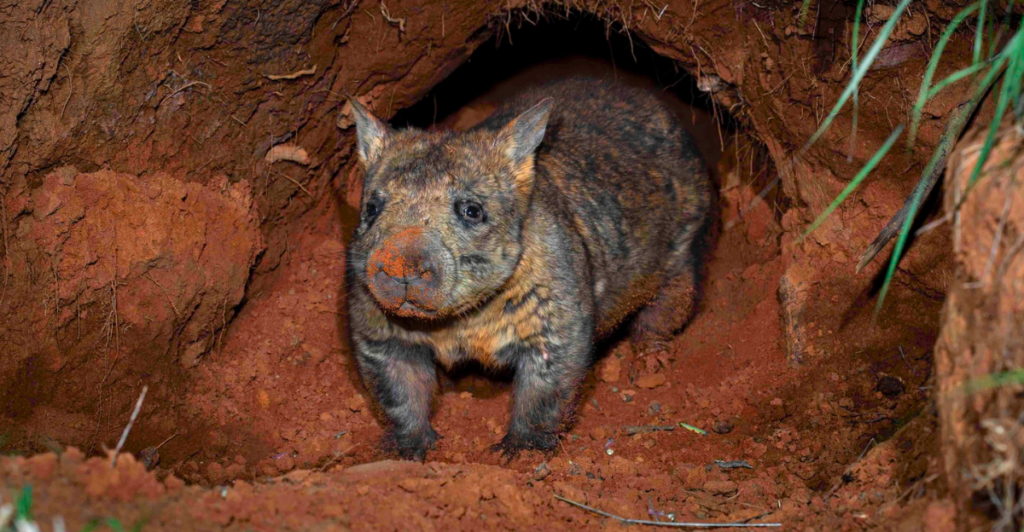
The northern hairy-nosed wombat has had a remarkable recovery since over the last 50 years, with their populations multiplying by over ten times. Unfortunately, the hard fought journey of this species is not over, and they still face extensive threats today.
Historical Decline
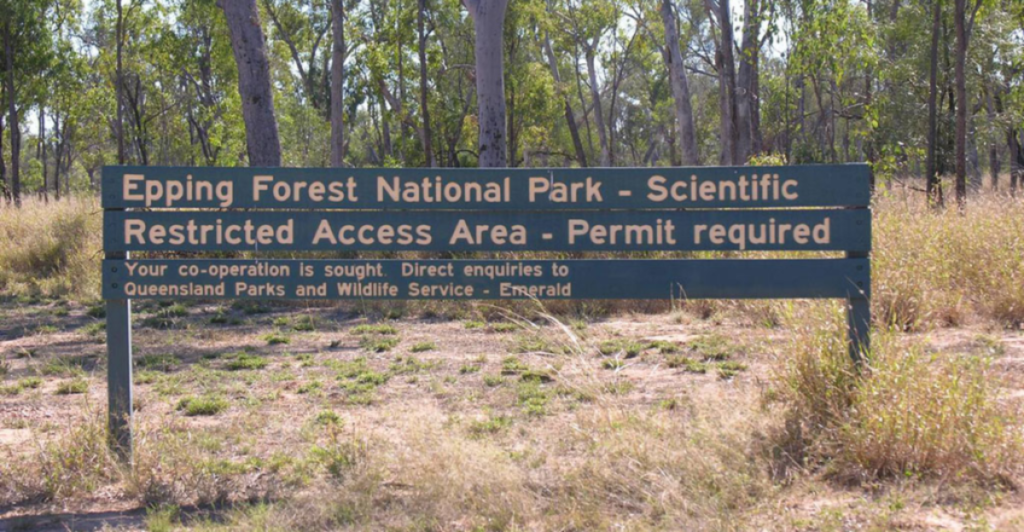
In the 1980s, the wombat population had seen an extreme decline. Between habitat loss and over predation, there was only a small group of 35 wombats living in Queensland’s Epping Forest National Park. They needed drastic intervention methods if the species was to be saved.
Conservation
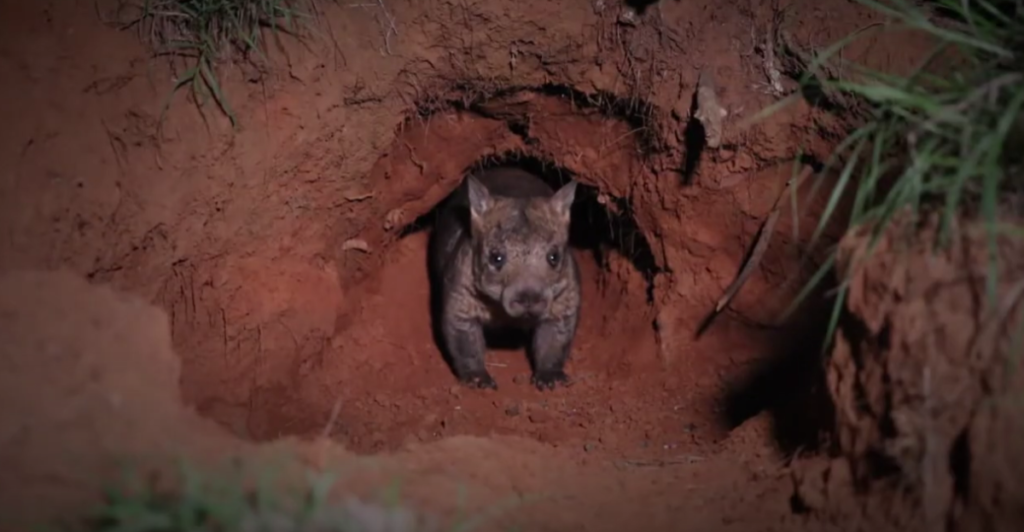
The Wombat Foundation, along with Glencore and the Department of Environment collaborated on a recovery program for the wombats. They installed predator proof fencing, restored much of the wombats’ habitat, and closely monitored the population. By the 2000s, things were starting to turn around.
Population Growth
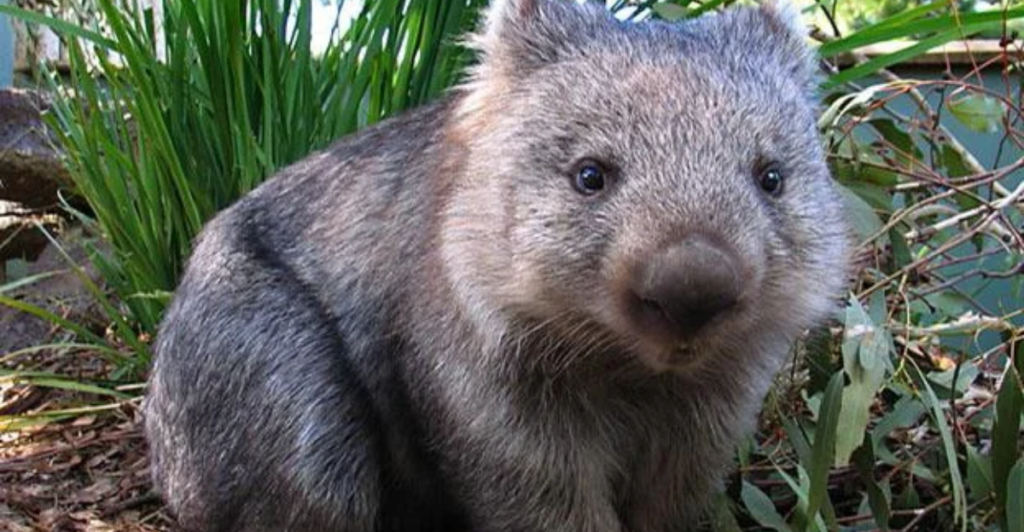
By 2003, there were over one hundred wombats, which was up from the 35 individuals twenty years prior. Just ten years later, in 2013, there were nearly 200 individuals and nine living at a nature refuge. By 2021, the population numbered over 300, with 15 living in Powrunna State Forest.
Sanctuaries
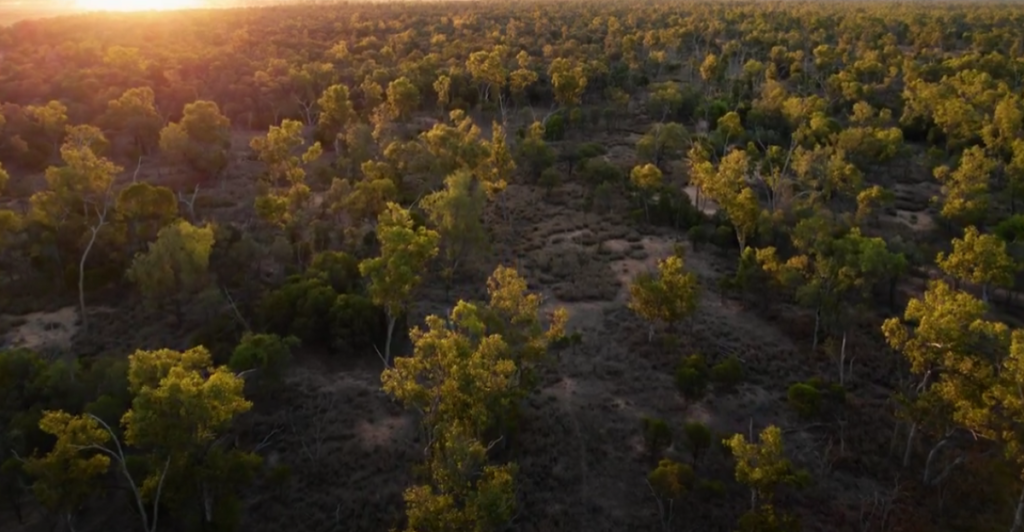
One of the keys to the partial-recovery of the species was due to predator proof fencing installed at Epping Forest that was 20 kilometers (12 miles) long. This meant that feral dogs and cats couldn’t prey on wombats and their young. Glencore invested more than two million dollars in a new 3,000 hectare sanctuary to help protect the species.
Demographic Challenges
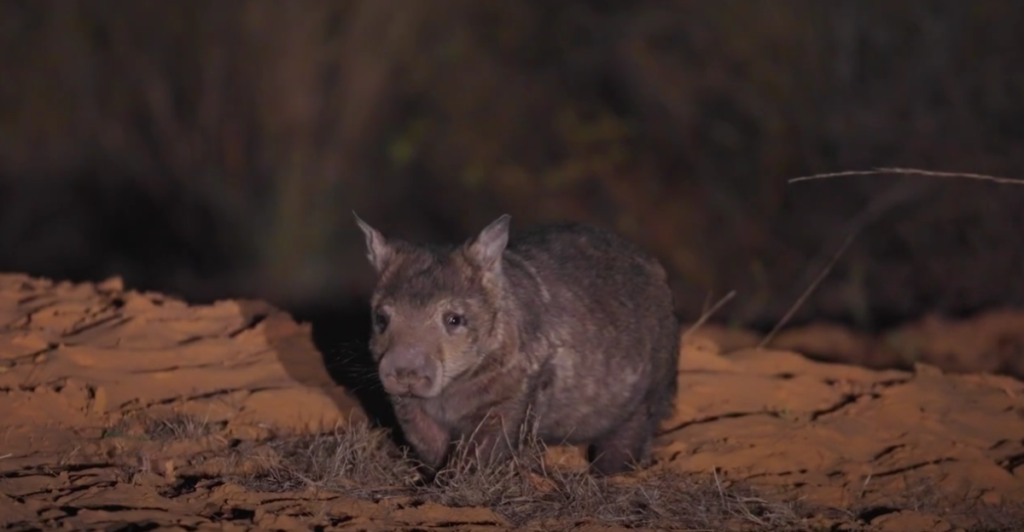
Early challenges that the wombat population faced was their male to female ratio, which was at 2.25:1. By 2016, the number is much closer to 1:1, with researchers monitoring their population closely over the last 50 years.
Captive Breeding Complications
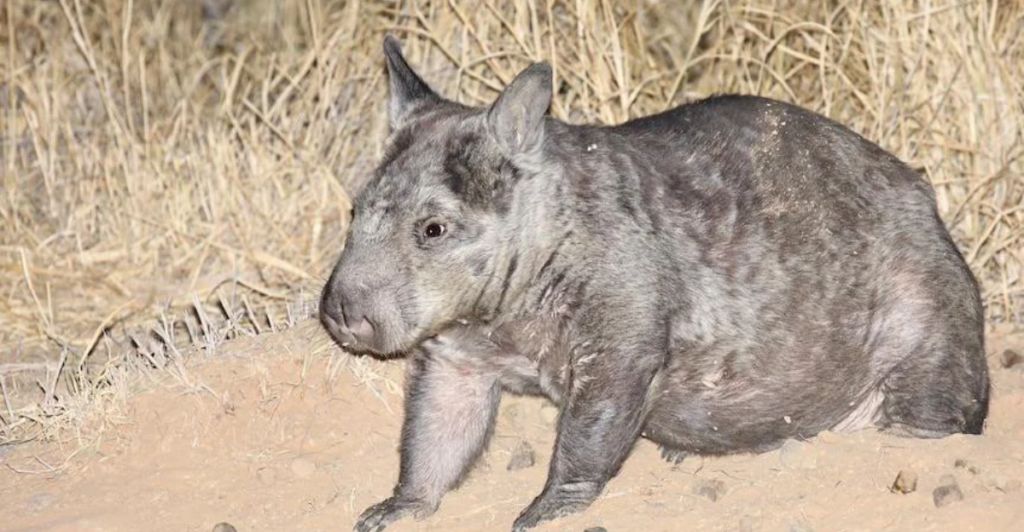
Wombats are a unique species in that they don’t do well in captivity. Captive breeding programs have had complications in the past, with the captive population not dealing well with the stress of being away from wildlife. Ecologist Andy Howe noted, “They just sit in the corner and starve to death.”
Risks For The Species
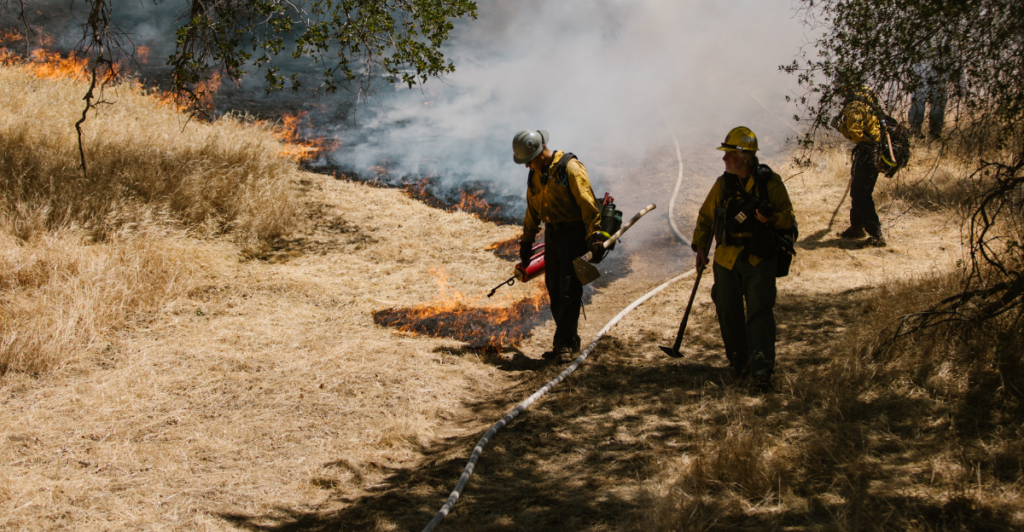
Epping Forest houses the largest population of this vital species, but the environment itself has its own complications which could lead to increased risks for the wombat population. Since the forest is semi-arid grasslands, it can be prone to wildfire and drought. One out of control event could lead to the destruction of vital food sources.
A New Sanctuary
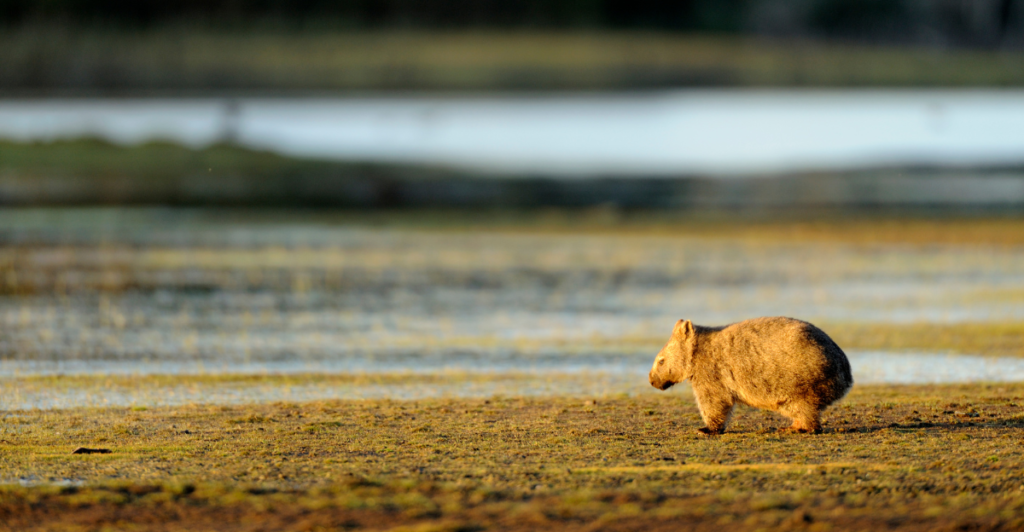
A third sanctuary is being established in southwest Queensland. This sanctuary will promote a new wombat population free of predators and prioritize artificial burrows. Diversification is an important factor, as disease, drought, or wildfire could decimate an entire population.
Monitoring Efforts
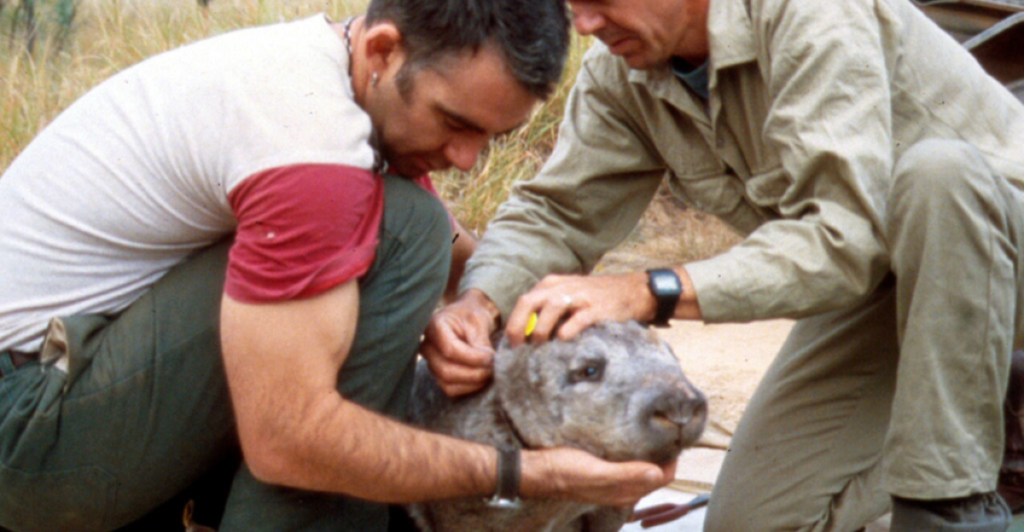
Wombats must be closely monitored, and many programs rely on volunteers to closely monitor fences to ensure the local population is safe. DNA hair tracking provides a non-invasive way of tracking the species with minimal stress on the animals.
New Threats
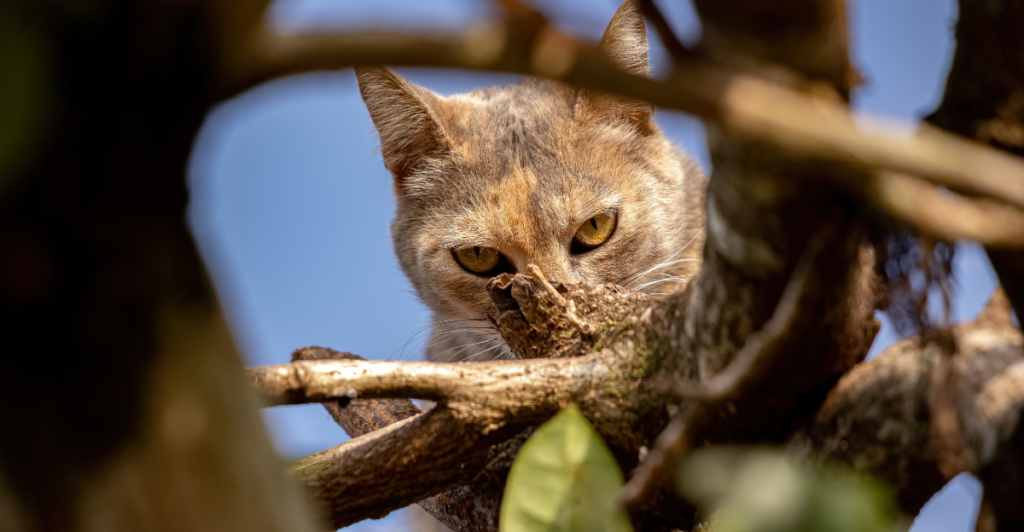
Although the population may seem stable, continuous efforts are imperative to keep up with new and continued threats. Invasive species compete with wombats for food, and feral cats and foxes make juvenile individuals an easy target to prey on.
An Uncertain Future
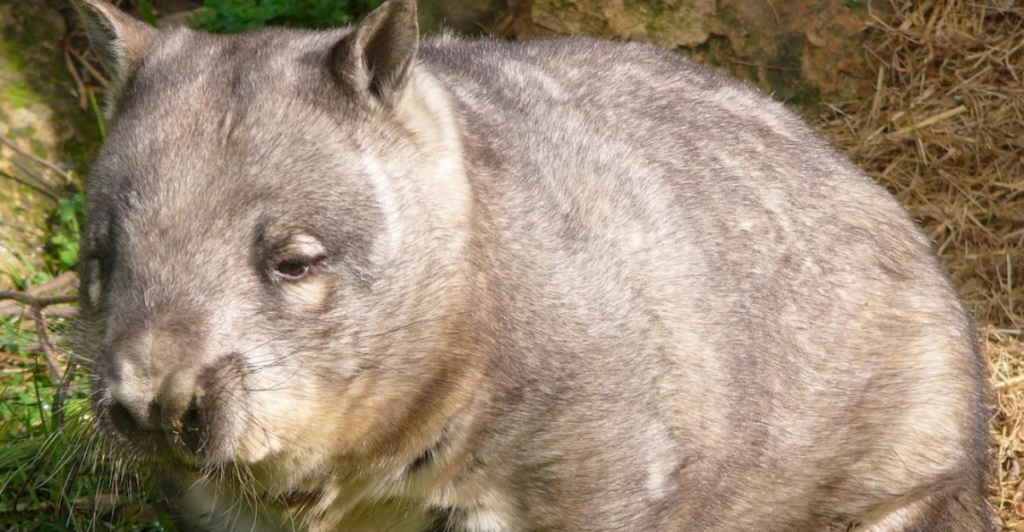
Despite a population increase of ten fold, the future of the species still faces an uncertain future. The northern hairy-nosed wombat is still critically endangered at 400 individuals and expansion into new sanctuaries to diversify the population is essential to prevent risk factors from wiping out their population.
Continued Conservation Is Vital

The wombat population need continued conservation and funding in order to let the species further recover amidst constant risk factors. The Wombat Foundation allows public support through donations and is part of a vital effort to ensuring this species hard fought conservation over the last 50 years isn’t in vain.
Explore more of our trending stories and hit Follow to keep them coming to your feed!

Don’t miss out on more stories like this! Hit the Follow button at the top of this article to stay updated with the latest news. Share your thoughts in the comments—we’d love to hear from you!







